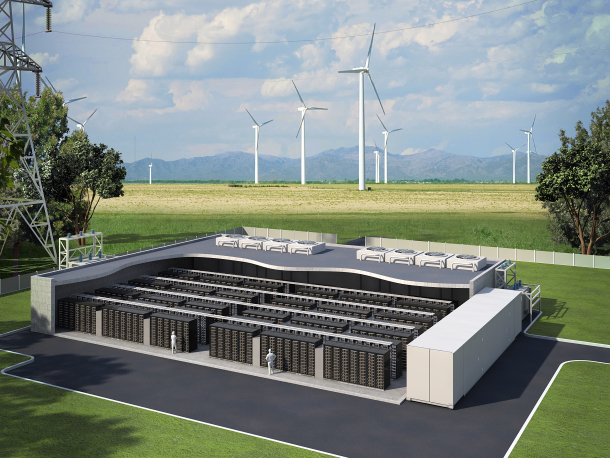The dark winter months are a reminder that critical renewable resources like solar PV won’t be available to keep our electricity clean. And if the wind isn’t blowing, wind power is unavailable as well to meet demand. Absent baseload renewables like geothermal power, how do we achieve a 100% carbon-free in the dark, still winter time?
The answer is bulk — or seasonal — energy storage. This means massive energy storage facilities that can capture surplus renewable power like solar PV in the summer months, and store it for months until the winter.

Not many technologies can achieve this mass, seasonal storage, but Utility Dive offers a helpful list, summarized here:
- Pumped Hydro: this relatively common technology involves pumping water uphill with cheap surplus electricity and then releasing it downhill to generate power when needed. It’s been in use since the 1890s, and by the end of 2017, the US had about 22 gigawatts installed.
- Compressed Air Energy Storage: this technology involves pumping air into a confined space, like a container or underground cavern, then releasing the pressure to generate electricity when needed. It’s a capital-intensive system constrained by geography. To date, I only know of two facilities in operation, although more are in the planning stages.
- Lithium-ion battery banks: with falling battery prices, these have been a “go-to” recently for energy storage. But it’s unclear if we can produce and deploy enough batteries to store power for months at grid-scale, particularly since many of these batteries will be needed for electric vehicles.
- Other batteries: By the end of 2017, the U.S. had 708 megawatts of large-scale battery capacity other than lithium, according to the U.S. Energy Information Administration.
- Gravity-based systems: more developers are experimenting with gravity-based systems, such as trains that power uphill and then go back downhill to release energy when needed, as I blogged about a few years ago. As another example, Switzerland-based Energy Vault unveiled a crane mounted on a steel tower 300 feet high, which hoists 35 metric ton concrete “bricks” into stacks. To discharge, the crane lowers the bricks to the ground.
- Hydrogen: liquid hydrogen gas can be a form of energy storage, if it’s produced with surplus renewable power. It can be stored without degrading and used to power a fuel cell or gas turbine (or to power fuel cell vehicles like hydrogen trucks).
Other technologies may exist or be in the planning stages to overcome this seasonal challenge with providing 100% carbon-free power all year. As more jurisdictions seek to meet this clean power goal, these bulk storage technologies will become critical in the near future.


